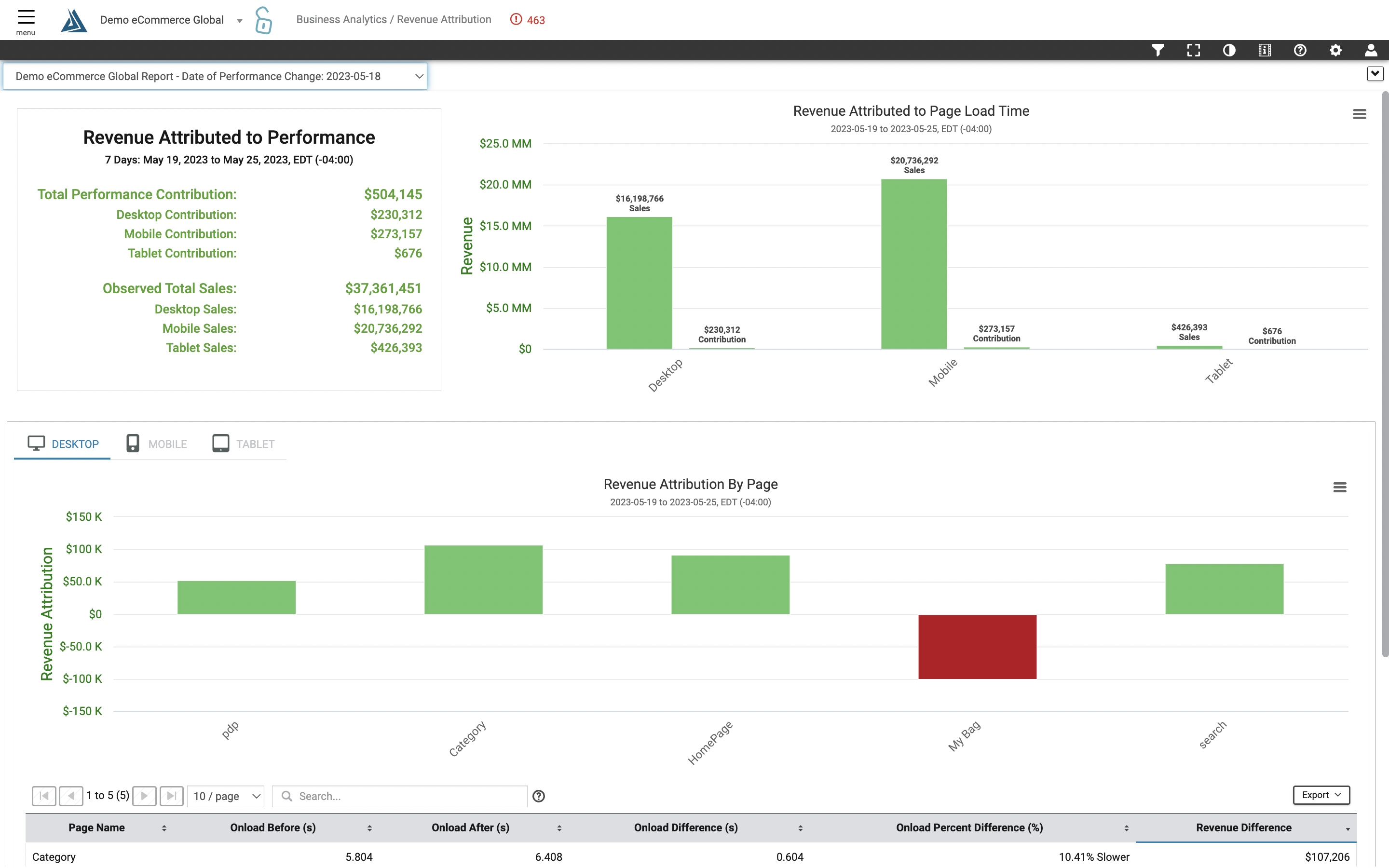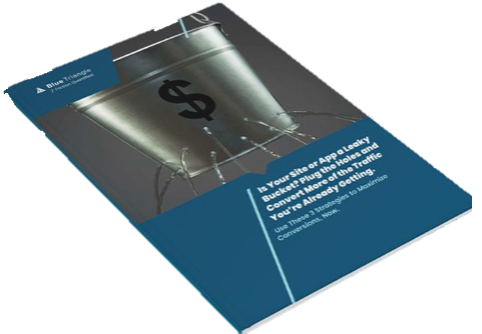What makes Amazon an undisputed leading eCommerce website?
Is it the website's features? According to numerous sources, although Amazon has revolutionized the way we shop online, alternative sites provide features that Amazon does not, such as:
- Allowing users to bid on products (eBay)
- Inventory of handmade crafts from artisans around the world (Overstock)
In fact, 92% of U.S. consumers are more likely to buy products from Amazon than any other eCommerce site, even those offering different features and functionality.
Why?
"The main reason that Amazon has been so successful is their total commitment to the customer experience," says Chris MacNeil, Chief Amazon Strategist.
None of the above is new. The importance of providing a great digital customer experience is a reality we've known for some time now, especially as more consumers purchase and transact online.
The logical conclusion is that every website owner would be allocating significant attention and resources to optimizing user experience as part of their product and roadmap strategy.
But is that really the case? Rarely.
The disconnect between customer experience and frictionless experience investments.
Every Chief Digital Officer (CDO), Marketing, and Product Leader have company revenue in mind.
This often translates into respective metrics and KPIs that each cares about, such as user sessions, conversions, and number of new versus returning users.
A typical product roadmap would consist of the leading functionality and usability features identified by those business units and leaders to differentiate themselves from competitors and attract and retain customers.
However, Forrester reports just 4% of financial services companies and a similar share of companies in other industries are "customer-obsessed."
What's even more perplexing is that for companies with non-binding contracts, like credit card companies, insurance agencies, credit unions, and banks, attrition rates as high as 25-30% are not uncommon, and 56% of customers who have left say the bank could have changed their mind with a better user experience.
So, offering frictionless experiences in financial services and even other industries, such as healthcare, can reduce churn and promote trust and loyalty.
Developers can be very opinionated about the user experience of their digital products. They are often innovative, pragmatic, and even profoundly passionate about making optimizations to deliver a better experience.
And yet, new feature requests often don’t have a requirement around the user experience.
Why is that?
The missing piece: connecting how experience, customer loyalty, and business outcomes correlate.
The issue at hand is that there needs to be a direct measurement of the impact of user experience on metrics that matter most to the business, like conversions and revenue.
Without making this correlation, Product Managers are hard-pressed to justify investments in user experience and are left with developing innovative features they think will drive business outcomes.
The fallacy is that, much like Amazon, you can deliver a wonderful and differentiated experience, such as a seamless checkout process with saved payment methods and personal preferences.
But if users receive the dreaded slow response icon, they are less likely to return.
In fact, 9 out of 10 shoppers would abandon the site, with 57% likely to purchase from a competitor instead and 14% never to return to your site.
Unique features are great but ineffective without providing an overall optimal user experience.
Seasoned product leaders who measure not the delivery of features but rather user adoption know they need to invest in user experience.
User experience investment is not a correction of technical debt (also known as tech or code debt) or one that can be postponed. Instead, it's an investment in your users that would foster trust and loyalty to realize your business goals.
Quantify and resolve friction – and validate business outcomes – to bridge the gap.
We understand this gap well because we've all been there.
We've all seen innovative products fail due to poor and unpredictable user experience. We've all seen product and tech leaders advocate for investment without clear and measurable success metrics that align with the business, only to be postponed for the next shiny feature.
This is why we set our mission to quantify the revenue lost from user friction so you can prioritize solutions and fix what matters most.

By directly linking user experience on websites and mobile apps to business metrics, Product Managers can identify those sub-optimal pages and mobile views that disrupt key user journeys. Not only can they prioritize the optimization of those assets, but they can also justify it with predictable outcomes and prove return on investment.
Making frictionless experience an integral part of winning.
While it is widely understood that digital friction negatively impacts conversions, revenue, and customer loyalty, businesses cannot optimize what they can't measure and tie back to business metrics.
User experience continues to be second to features in priority, even though features fail to achieve user-oriented business outcomes on their own. Users' loyalty has been proven to be directly correlated with their experience.
This phenomenon is rooted in the inability to correlate user experience with business metrics, until now.
With the proper guidance, Product Managers and other digital business leaders can justify and make investments to create frictionless user experiences and continually improve those experiences to benefit customer trust, loyalty, and the business's bottom line.

During the holiday rush, every shopper matters
Optimize the customer journey before the eCommerce event of the year.

.jpg)

